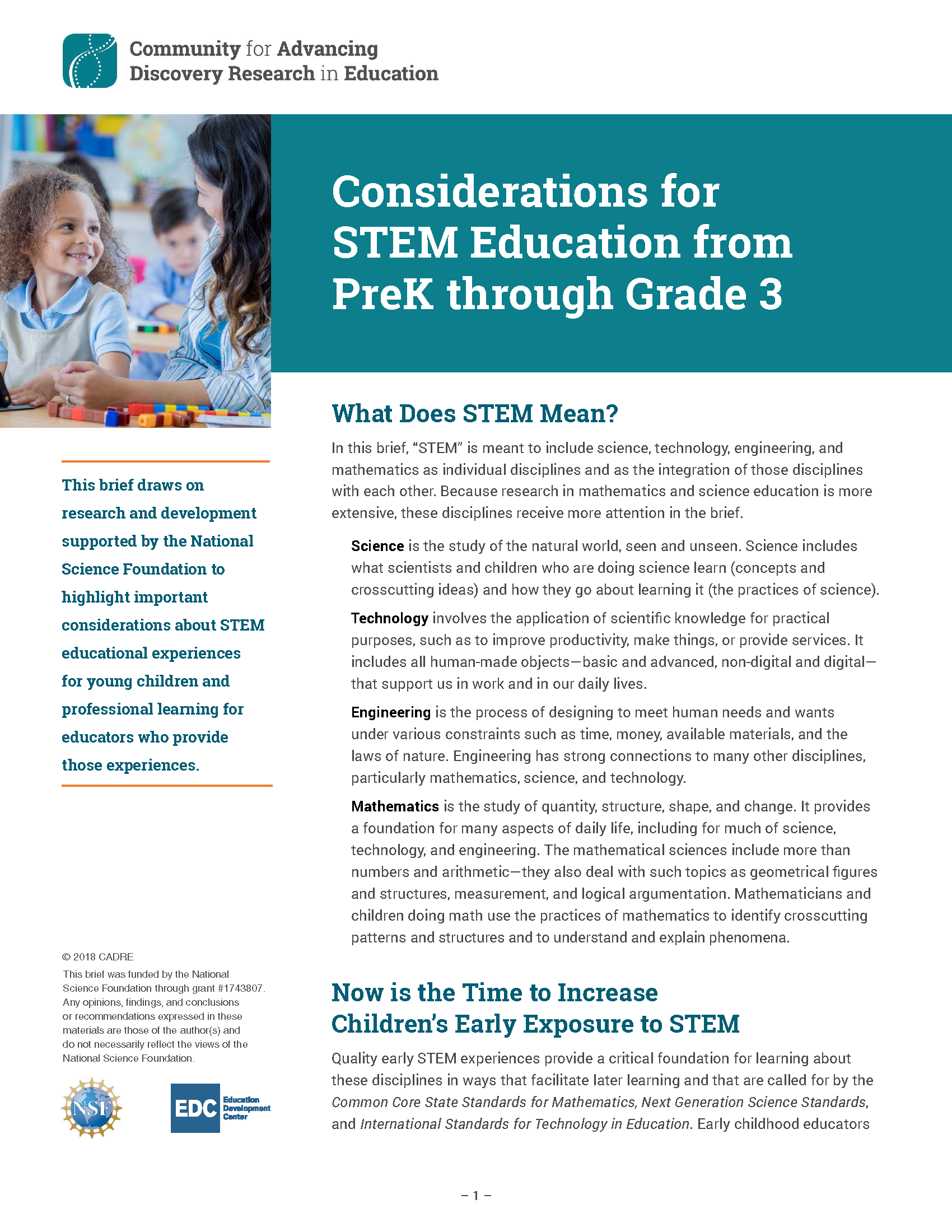Engineering Encounters: Engineering a Model of the Earth as a Water Filter
This column describes creating a classroom culture for engineering. Noting the importance of infiltration in the water cycle and in the supply of essential groundwater led the authors to develop an engineering activity in which students are challenged to build a stackable filter using the Earth process of infiltration as a model.
Kilpatrick, J., Marcum-Dietrich, N., Wallace, J., & Staudt, C. (2018). Engineering Encounters: Engineering a Model of the Earth as a Water Filter. Science and Children.
This column describes creating a classroom culture for engineering.


